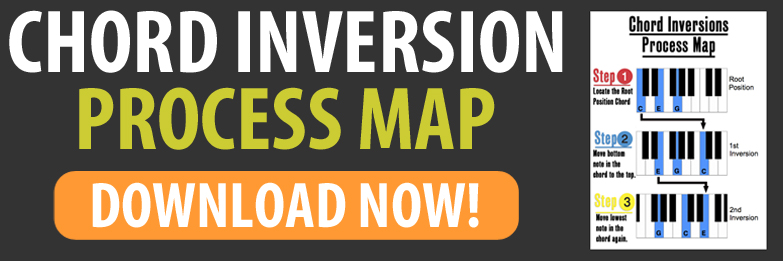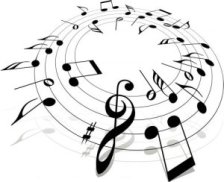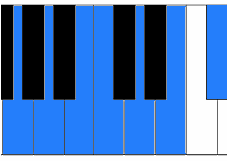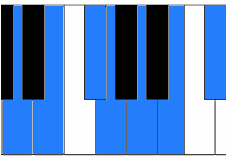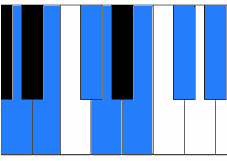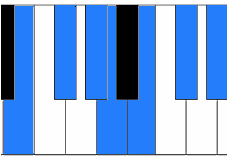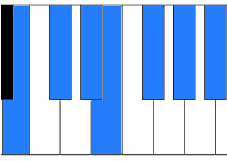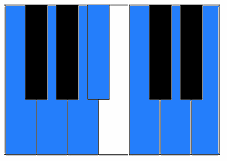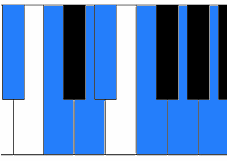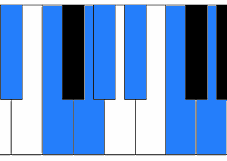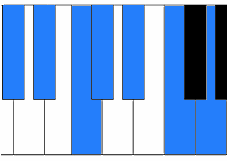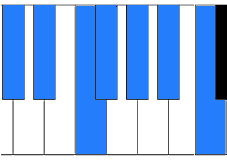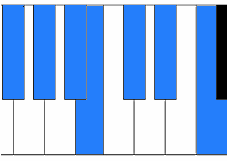I get this question all the time…
“Eric, how can I stop playing the same old chords all of the time?”
This is a very common roadblock for beginner piano players.
The progression for beginners looks a little something like this:
- You start out learning to play chords
- You start gaining some momentum
- You feel stuck because all of the songs you play start sounding the same 🙁
The reason for this is because you are using the same chords for every single song.
If you don’t start changing things up with the chords you are playing, you are always going to have this problem.
So… How do you fix it?
In the video below I share how you can transform the chords that you already know into brand new sounding chords that you can use in any song, and make what you play not so repetitive.
Watch the video Now!
Chord Transformations
Download the Chord Inversions Map Here…
This video gives you a simple, but powerful, tip that makes playing new chords amazingly easy.
…and it all revolves around chord inversions.
A chord inversion is an alteration, or adjustment, to a pre-existing chord.
So, all you have to do is take a chord that you already know, and make a couple adjustments and…
BAM!
…you have a new chord.
These inversions don’t change the chord entirely, but it changes the character of the chord giving it a new sound compared to it’s original.
The great things about these inversions is that the notes in the chord are still the same, but the arrangement of the notes are what changes.
This is what gives the chord a new sound and new character.
Click here if you want an easy to follow process map that makes building chord inversions a snap!
